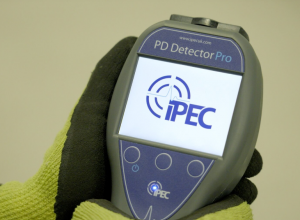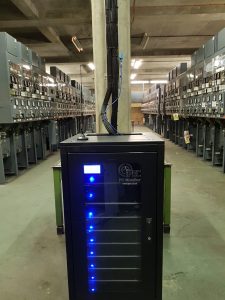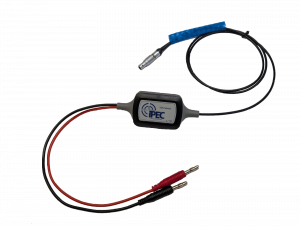Benefits of Partial Discharge Testing
Why is Partial Discharge Monitoring Critical?
Partial discharge (PD) testing plays a vital role in ensuring the operational integrity and safety of electrical assets, particularly transformers.
- Early Fault Identification: Detects insulation defects at an early stage, allowing timely intervention before they escalate into major failures. This proactive approach contributes to improved equipment longevity.
- Condition-Based Maintenance: Supports predictive maintenance strategies by providing real-time insights into equipment health, thereby reducing unexpected breakdowns and operational interruptions.
- Prolonged Equipment Lifespan: Regular PD monitoring helps preserve insulation integrity, effectively extending the service life of electrical components.
- Enhanced Operational Safety: Lowers the likelihood of electrical faults that may pose serious safety risks to personnel and infrastructure.
- Reduced Maintenance Costs: By identifying potential issues early, PD testing helps avoid expensive repairs and unplanned downtime, optimizing maintenance budgets.
PD Testing : Advancements in Non-Invasive Techniques
Partial discharge (PD) testing has experienced significant advancements in online non-invasive and non-destructive techniques. These cutting-edge methods provide in-depth condition assessment without disrupting the system’s operation. In this article, we will explore these techniques in detail and highlight their numerous benefits.
PD Testing Solutions from Technomax
Technomax is the official UAE distributor of IPEC Limited’s advanced Partial Discharge (PD) technologies. IPEC is renowned globally for monitoring, testing, and locating PD in medium to high-voltage electrical systems.
Key Offering Highlights:
- Portable PD Testing Tools

Handheld devices like PD‑SGS, PD Detector, and PD‑SG1 support spot‑testing with PD detection, PRPD noise filtering, data logging, and synchronization. Compatible with TEV, HFCT, and UHF sensors for switchgear, cable, transformer, and other electrical asset inspections.
- Permanent PD Monitoring Systems

Scalable solutions ranging from entry-level monitoring to high-channel-count installations. Features include fast data capture, IPEC’s proprietary DeciFer algorithm to distinguish PD from interference, and web‑based access via the ISM portal.
- Non-Intrusive PD Sensors

Sensor types include AA Ultrasonic, CC‑TEV capacitive couplers, HFCT, and UHF models. Designed for safe, easy retrofit installation on existing high-voltage equipment with long service life.









